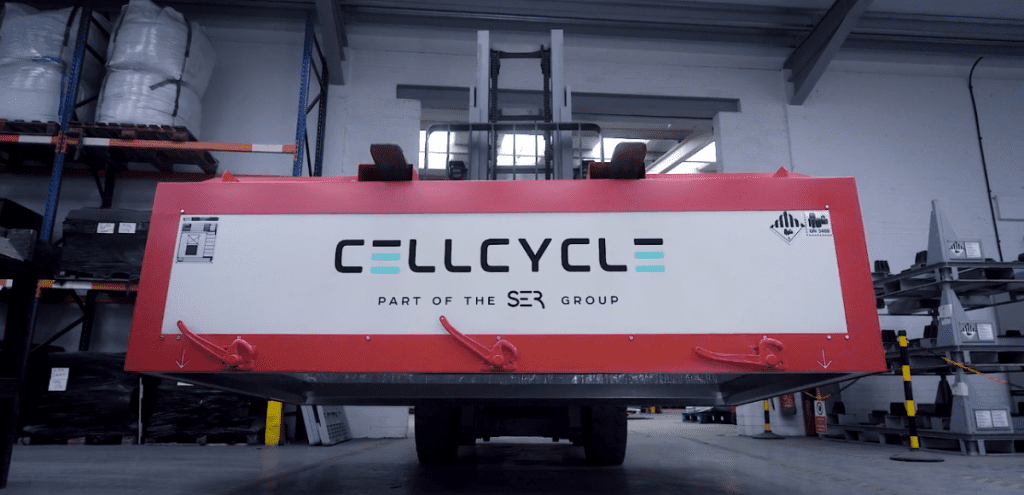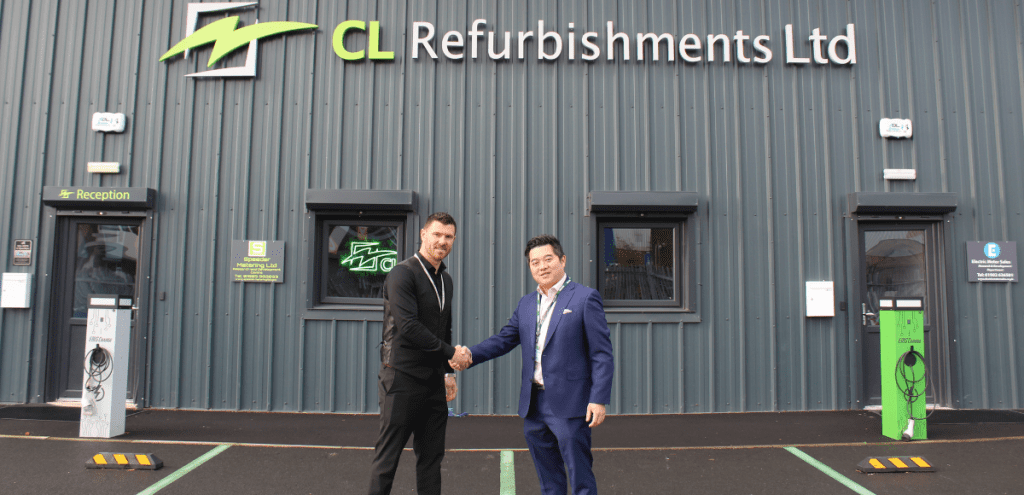The energy sector is undergoing a seismic transformation as renewable energy adoption accelerates and energy storage systems expand globally. In the UK, this shift is particularly evident, driven by ambitious net-zero targets and an increasing reliance on renewable power sources such as wind and solar. Within this evolving landscape, the disposal of lithium-ion batteries from the energy and utility sectors is emerging as a critical focus for both energy producers and recycling industries.
Below we examine the current energy storage landscape in the UK, the key industrial trends, and highlight how these developments are shaping the future of lithium-ion battery recycling.
The Energy Storage Landscape in the UK
Energy storage has become a cornerstone of the UK’s transition to renewable energy. The ability to store and dispatch power is essential for managing the variability of renewables and ensuring grid stability. As of 2024, the UK’s grid battery storage capacity has grown significantly, reaching 4.6 GW of power and 5.9 GWh of energy storage capacity—a remarkable increase from 2.4 GW and 2.6 GWh at the end of 2022 (Source: National Grid ESO).
Several flagship projects underscore this rapid growth:
- Coire Glas Pumped Hydro Storage: This £1.5 billion project in the Scottish Highlands is set to become one of the UK’s largest energy storage facilities. It will generate 1,300 MW and store 30 GWh—double the country’s current electricity storage capacity (Source: The Scottish Sun).
- Tesla’s Megapacks: Utility-scale installations, such as Tesla’s systems, help power companies balance supply and demand during periods of peak renewable generation.
These developments highlight the importance of utility battery systems in the renewable energy mix while raising significant questions about the long-term management of these technologies.
The Growing Challenge of Lithium-Ion and Utility Battery Disposal
An Impending Wave of Decommissioned Batteries
Lithium-ion batteries used in utility-scale energy storage typically have a lifespan of 10–15 years. With the accelerated adoption of these systems, substantial volumes of end-of-life (EOL) batteries are expected to emerge in the coming decades, creating critical challenges for the energy and recycling sectors:
- Environmental Risks: Improper disposal can lead to environmental hazards, including soil and water contamination from toxic chemicals such as cobalt, lead, and electrolyte solvents.
- Resource Waste: Lithium, nickel, and cobalt are critical materials found in utility-scale batteries. Failing to recycle these resources not only wastes valuable materials but also exacerbates the environmental impact of mining.
Pressure on Recycling Infrastructure
The influx of EOL utility batteries will place unprecedented demands on recycling facilities. Innovative techniques and recycling approaches, such as using bacteria to extract metals sustainably, are becoming increasingly critical to addressing these challenges (Source: Faraday Institution).
How the Utility Sector is Responding
Evolving Policy and Regulation
Governments and regulatory bodies are introducing measures to ensure the responsible disposal and recycling of lithium-ion batteries. For example:
- The EU’s Battery Regulation, enacted in 2023, sets ambitious targets for material recovery and mandates sustainable design principles for new batteries (Source: European Commission).
- The UK is implementing similar policies to encourage responsible battery management. This includes regulatory measures that promote circular economy practices such as take-back schemes and mandatory recycling initiatives.
Second-Life Applications
Before recycling, many utility batteries are being repurposed for second-life applications. These batteries are used to power microgrids, provide backup energy for critical infrastructure, or serve in off-grid renewable energy systems. This approach extends battery lifespans and minimises waste.
How Cellcycle is Leading the Way
As the energy storage sector grows, so does the need for innovative solutions to manage the increasing volumes of EOL lithium-ion batteries. At Cellcycle, we’ve developed advanced, sustainable recycling processes to address this challenge, ensuring responsible management of utility-scale batteries while recovering valuable materials.
End-to-End Logistics and Sustainable Recycling
Our comprehensive approach begins with secure transportation and storage solutions, ensuring used batteries are safely handled and prepared for recycling. Upon arrival at our facilities, the batteries are meticulously dismantled and sorted to separate recyclable components such as lithium, cobalt, and nickel.
One of our most groundbreaking innovative recycling process – LthiumCycle™, developed through the KPT Project with support from industry stakeholders. This process uses cutting-edge biotechnological methods to recover valuable metals. Unlike traditional energy-intensive smelting or chemical treatments, our bio-based innovation use natural, organic processes to extract metals efficiently and sustainably. This reduces environmental impact while maximising material recovery rates, aligning with circular economy principles and the growing demand for greener recycling practices.
Tailored Solutions for the Utility sector
We also provide bespoke services for utility-scale battery systems, offering expertise in managing complex battery architectures and chemistries. By prioritising scalability and efficiency, we are well-prepared to meet the rising demand while ensuring environmental stewardship and resource optimisation.
Cellcycle’s commitment to sustainability and innovation positions us as one of the leaders in addressing the challenges of utility battery disposal. For more information about our processes and how we support the lifecycle of lithium-ion batteries, visit our Lithium Battery Recycling Services page.
In addition, SER Group has developed its new division for battery storage solutions for reinforce the battery supply chain in the UK. Find out more in our new service page here.


